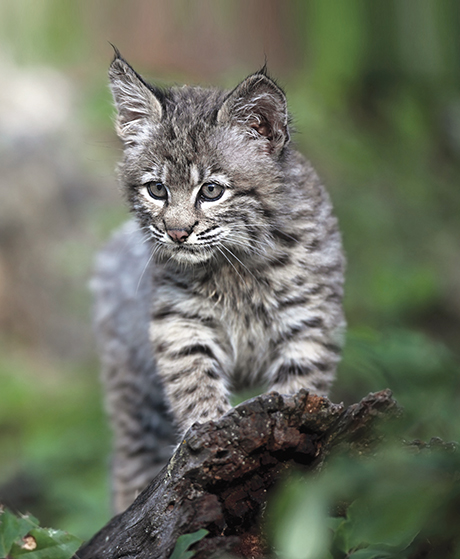What if you woke up one day and the bears were gone?
As development pressures increase, these traditional symbols of nature could get pushed out of the Champlain Valley. Rarely spotted, black bears are most at home in the woods—large forested areas without roads and houses. As we see more inappropriate development in prime wildlife habitat, we might see fewer bears in the future.
Fortunately, there is good news. Thanks to the support of our members, bears and many other species have thousands of acres of permanently protected habitat along the shores of Lake Champlain to call home.
We also know that protected lands like our Eagle Mountain Natural Area (pictured above) are key to maintaining healthy plant and animal populations.
Wide-ranging animals, like black bears and bobcats, need room to roam between protected areas. Knowing this, we must also save the critical “stepping stone” forested areas that connect larger wildlife natural areas.
Keeping Large Forests Intact for Wildlife
 Studies indicate that vast swaths of the Northeastern landscape were once deep, unbroken forests divided only by natural wetlands and river valleys. Large mammals, like black bears and bobcats still require large, connected forests and wetlands where they can obtain food, travel to find unrelated mates, and establish new territories.
Studies indicate that vast swaths of the Northeastern landscape were once deep, unbroken forests divided only by natural wetlands and river valleys. Large mammals, like black bears and bobcats still require large, connected forests and wetlands where they can obtain food, travel to find unrelated mates, and establish new territories.
Certain species like black bear also require large habitat areas with minimal disturbance from humans during key times of the year. And we know if a forest is home to bears, the forest is likely home to many other species.
Stepping Stones Across the Champlain Valley
Changing land use patterns and new developments act as roadblocks for roaming species like black bear, fisher, and bobcat. However, we can help animals roam by conserving “stepping stones”—smaller undeveloped forest blocks between larger natural areas, which allow wildlife to travel more freely.
Landowners are recognizing the value of conserving these stepping stones to protect safe places for wildlife to roam. For example, the owners of Walton Mountain in Moriah conserved their ridgeline, providing a critical connection between Split Rock Mountain and Cheney Mountain. Further south, in Whitehall, NY our Whitehall Cliffs Natural Area will forever provide safe passage for animals traveling between Vermont’s Green Mountains and New York’s Adirondacks.
Connected habitat areas provide safe places for wildlife to migrate and disperse. These connections also allow plants and animals to move and adapt in the face of climate change.
The Green Mountain to Adirondack Connection
Until you have spotted dozens of animal tracks across the frozen Lake, it is hard to imagine Lake Champlain as a stepping stone. Fortunately, for many wide-ranging species the Lake is not a barrier, especially in its narrower sections. Thus, our work conserving large shoreline natural areas and stepping stones on both sides of Lake Champlain is essential to regional efforts aimed at connecting the critical wildlife habitats of Vermont’s Green Mountains and New York’s Adirondacks.
With your support, we will continue to protect and connect critical wildlife habitats throughout the Champlain Valley.
Are You Interested in Conserving Your Land for Wildlife?
We continue to work with landowners interested in conserving critical stepping stone areas that protect these important connections.
If you are interested in exploring voluntary land conservation options for your property, please contact Executive Director Chris Boget at 802-862-4150 or for a free and confidential consultation.

